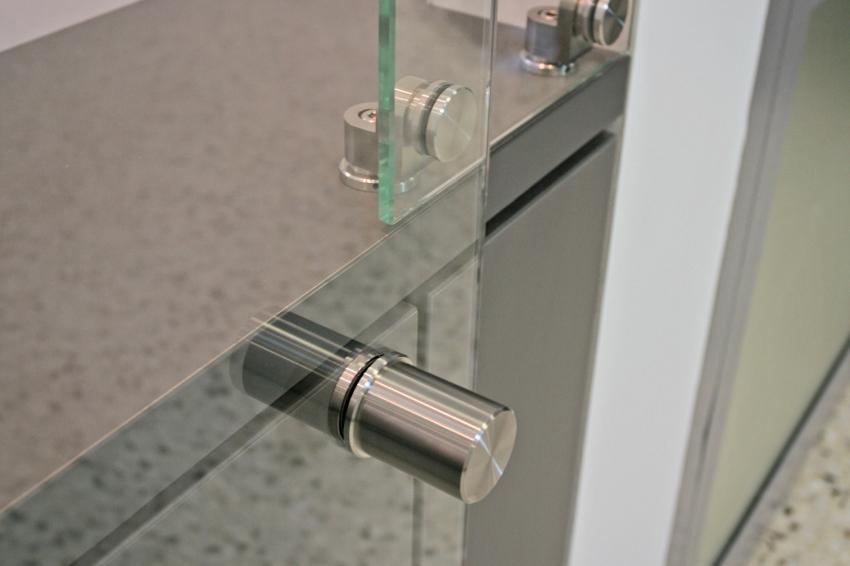Clean and Pure to The Utmost
Stainless Steel Scores Top Marks in Hygiene Systems
According to the German Hospital Association, about a half a million hospital patients in Germany are infected with multi-resistant germs every year. 15,000 of them die each year, according to the Robert Koch Institute. And the same trend can be observed throughout Europe.
Antibiotic-resistant pathogens, first and foremost “staphylococcus aureus” (MRSA), occur particularly often in hospitals, where they cause serious infections in immunocompromised patients – all too often resulting in death. The main mode of transmission is direct hand contact. For this reason, in clinics and surgeries frequently touched surfaces like door handles, light switches, bed frames, bedside tables or sanitary fittings are seen as particularly susceptible to contamination. Germs can survive on such surfaces, even for longer periods of time. In view of this, numerous studies have been conducted into the properties of surfaces on which bacteria very frequently establish themselves and from which they can be transmitted, and also into the efficacy of the systematic use of detergents and disinfectants.
Systematic Approach to Hygiene
The latest approaches to solving the problem favor a systematic hygiene concept that takes holistic account of all hygiene measures, deployed materials and surfaces for truly effective germ prophylaxis. In the opinion of experts, stainless steel surfaces provide ideal conditions for this concept thanks to their special material properties. Stainless steels do not emit any metal ions into the surrounding atmosphere, thus reliably excluding the unforeseen risks associated with such emissions. The ultra-smooth and inert stainless steel surface is lastingly scratch and wear resistant. This hard and homogeneous material property facilitates long-term compliance with the highest standards of hygiene.
Dreaded Biofilm
Thanks to their passive surface condition stainless steels are also resistant to attack by acids or lyes, so no interactions between the metal surface and detergents occur. This means that, even in the case of frequent contact with disinfectants and detergents, no biofilm with residual germs can build up on the stainless steel surface. Furthermore, the inert stainless steel surface reliably prevents reactions with atmospheric oxygen, or even rust.
Stainless Steel as an All-Purpose Answer
The ever-increasing number of infections with multi-resistant germs makes it all the more important not to look at individual characteristics in isolation. The holistic approach combines the long-term consistently high resistance to chemical and mechanical strain of stainless steels – in Germany quality-labelled ‘Edelstahl Rostfrei’ – with effective cleaning and disinfection systems. Moreover, the North Rhine-Westfalian Ministry of Health has initiated an “Action Plan Hygiene” and made 1 million Euro funding available for it. The aim of the plan is intensified awareness-raising about MRSA in the general public and specific training of personnel in the health sector. In addition, individual clinics are also investing large sums of their own money, for example the Augusta Hospital in Bochum, Germany, which has invested 2.5 million Euro in the set-up of a new central sterilisation facility.






